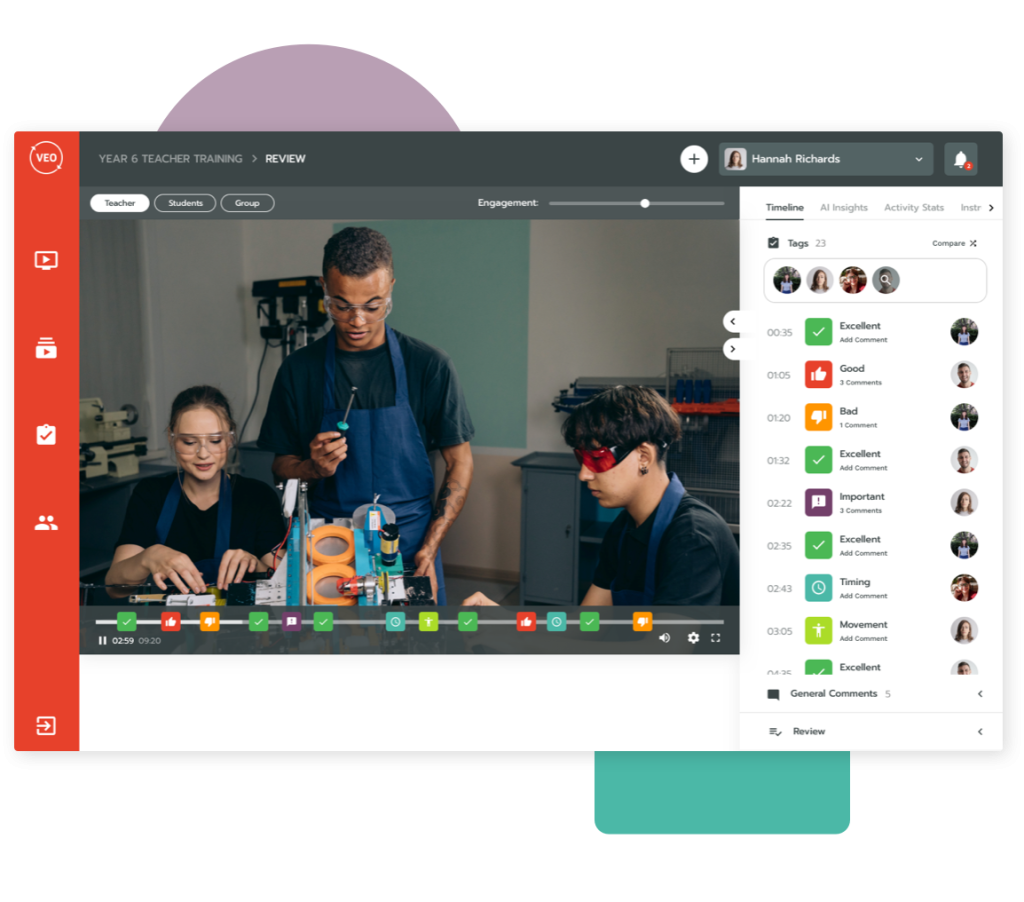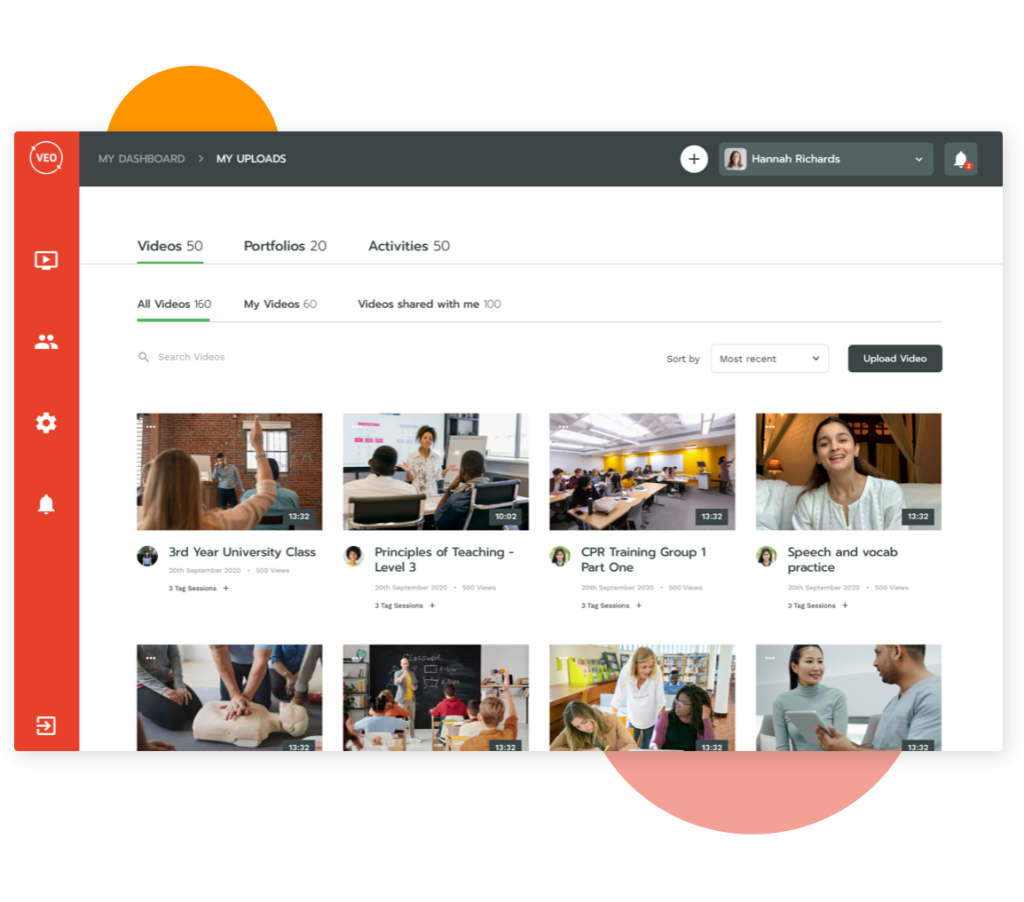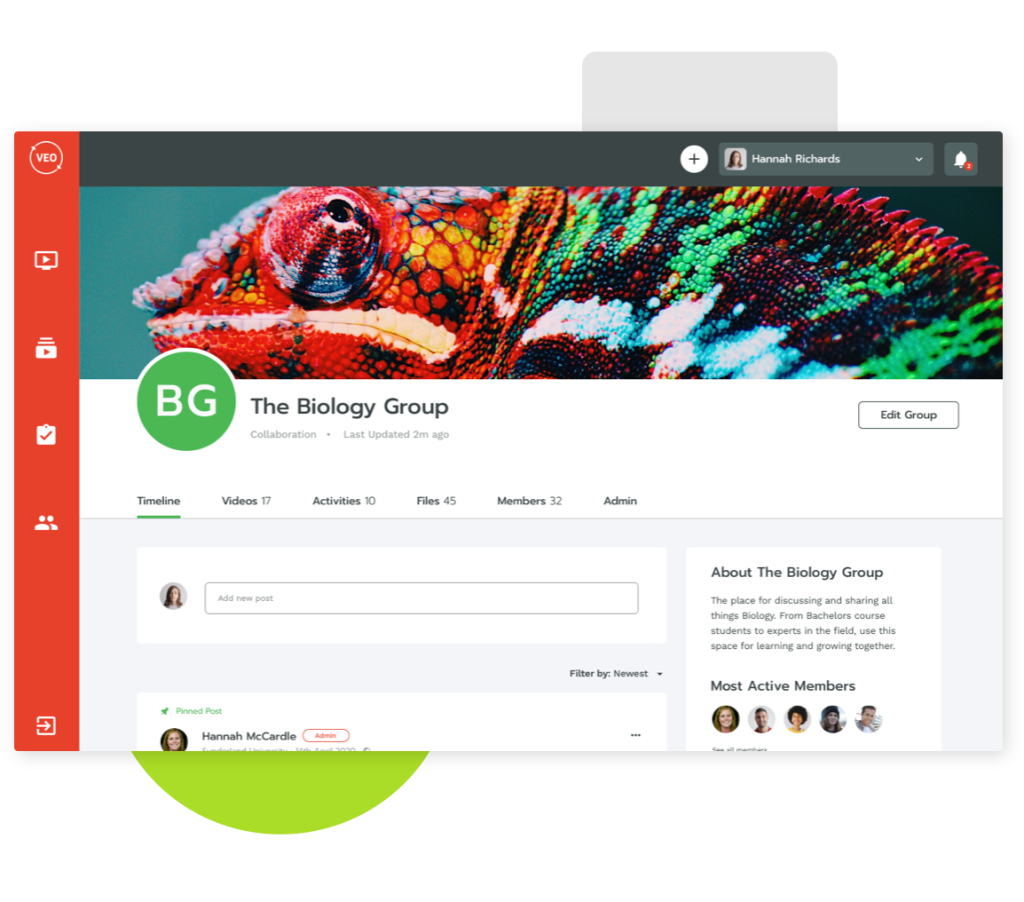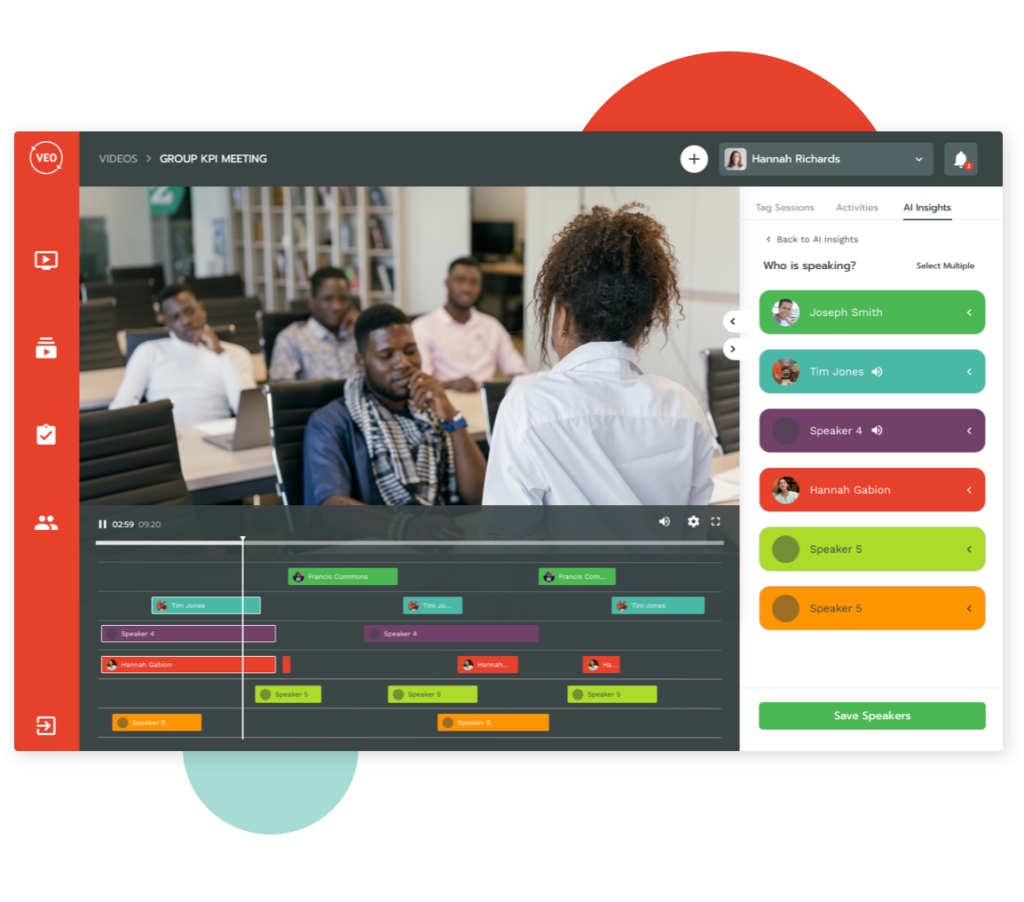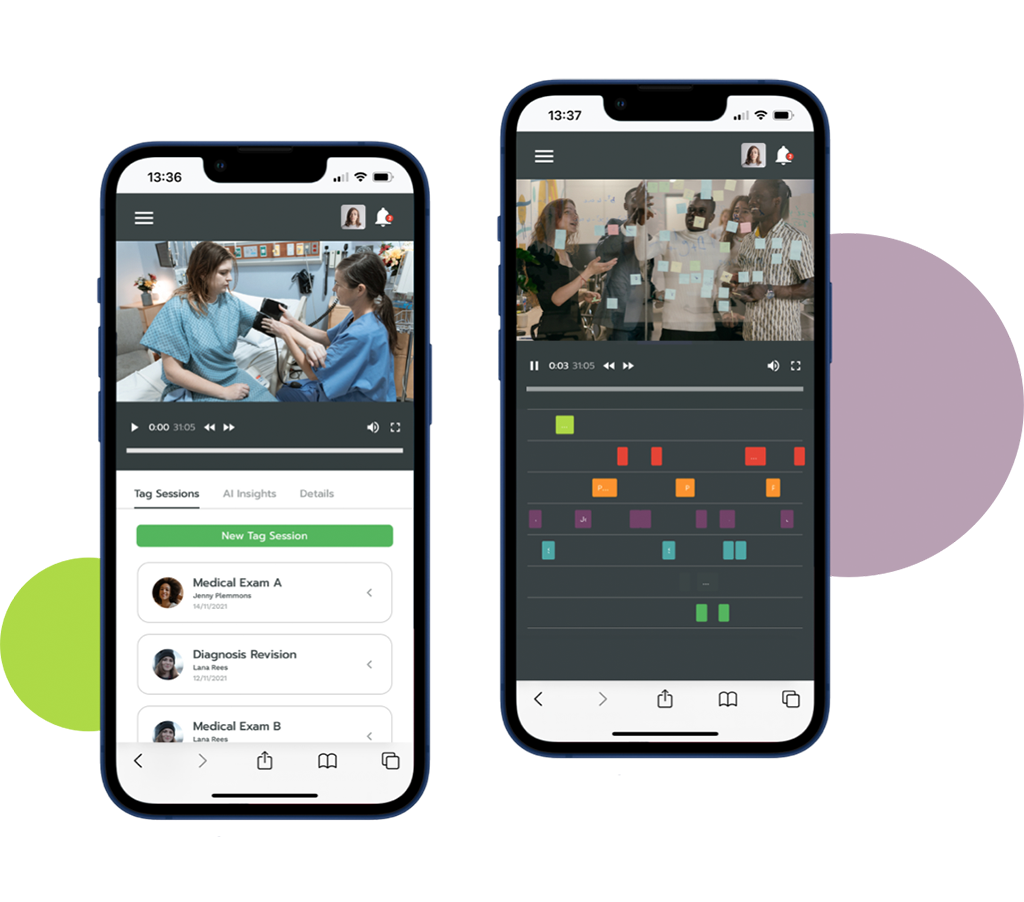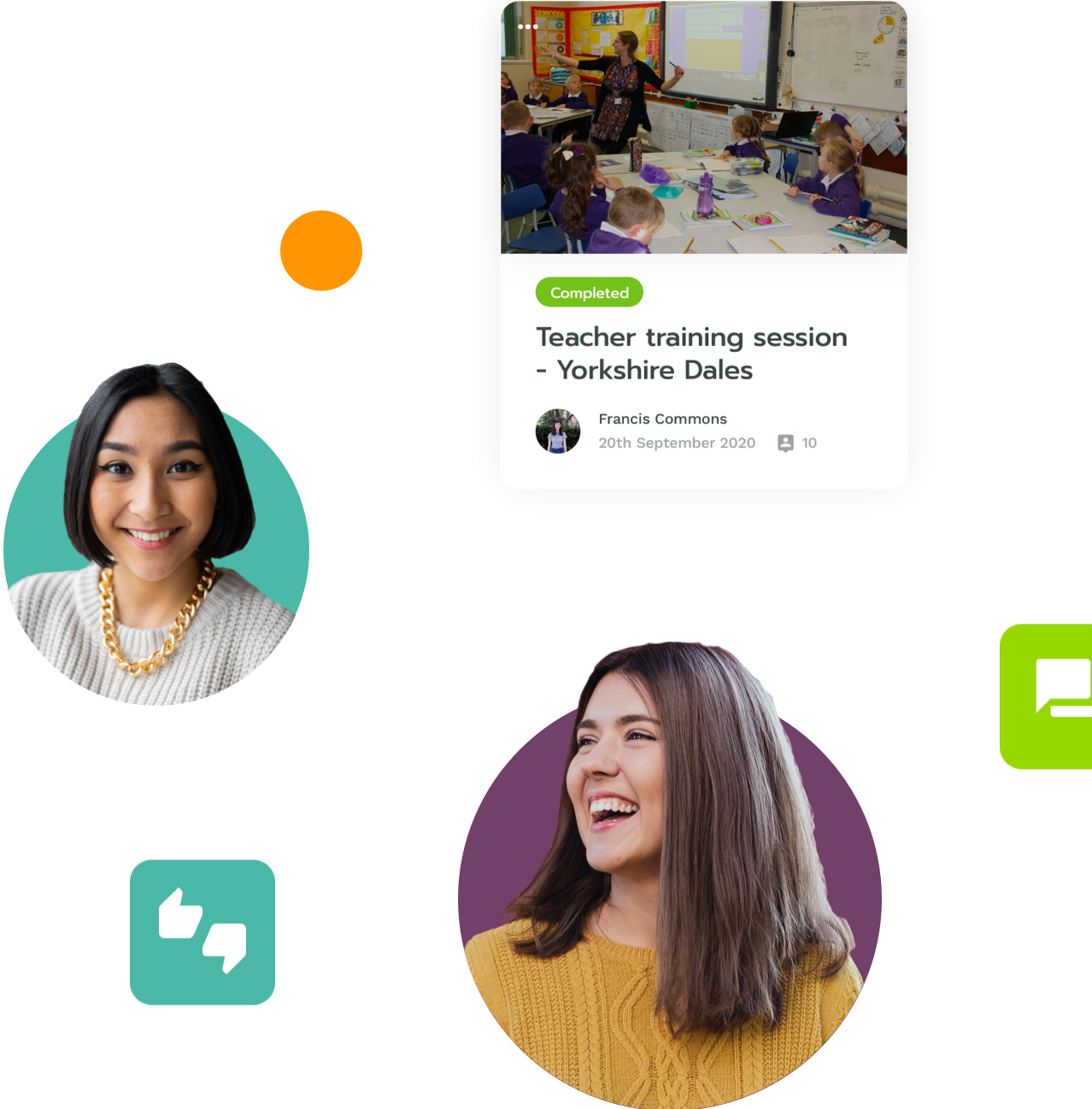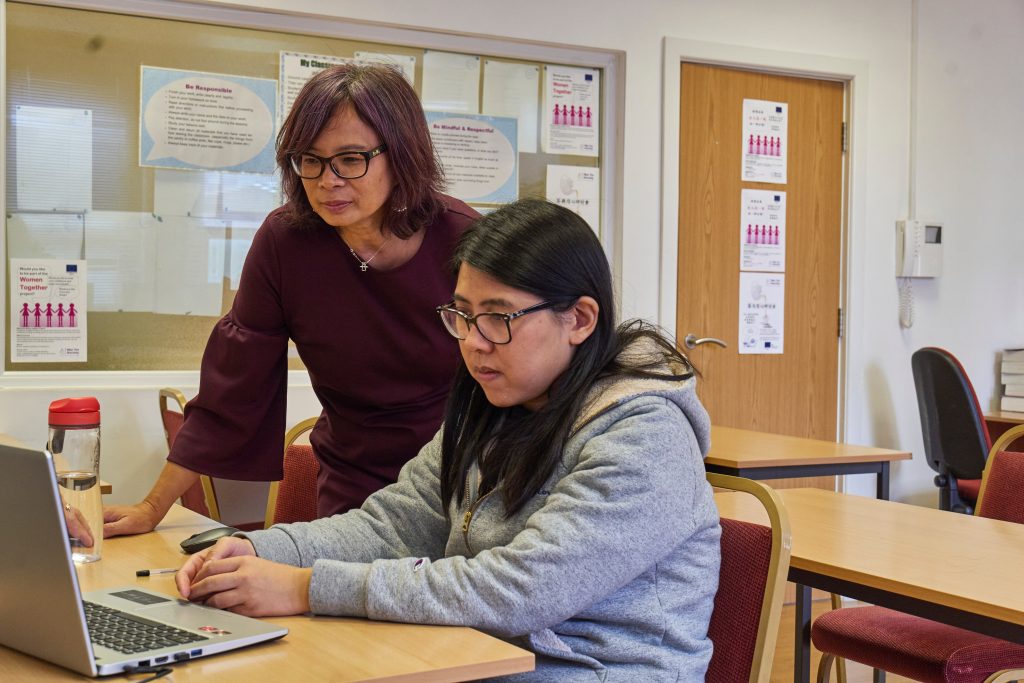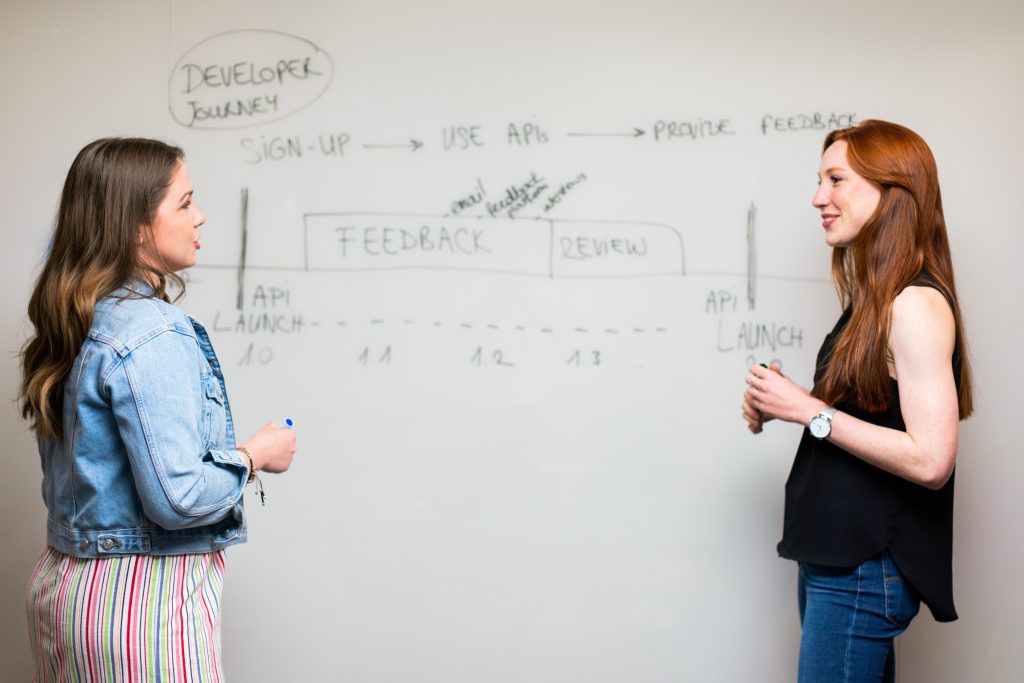It’s been proven that well-developed digital learning can enhance overall student experience. So how can you use digital learning resources to further support your students and improve their university experience?
Recent statistics from digital solution providers JISC, showed that most students in higher and further education are pleased with their digital learning resources. With nearly seven-in-ten students surveyed rating the quality of their online and digital learning as either ‘best imaginable’ ‘excellent’ or ‘good’.
Feedback in the National Student Survey (NSS) showed that 83% of full-time further education students felt they had access to the IT resources and facilities that provide support for their learning.
These statistics shows that educators are getting it right when it comes to providing adequate solutions. But the challenge they face is being mindful of the benefits that digital learning brings and focusing on how to foster them. Whilst also providing strong and effective resources as students navigate post-lockdown learning.
Going forward, digital learning will continue to play a large part in overall student experience so you need to provide support and resources that are available online and offline.
Let’s discuss how you can do this at your university.
Make learning more accessible
One of the biggest benefits of digital learning is its accessibility.
By offering digital resources and solutions, you allow students to take charge of their learning experiences. You also enable them to access resources whenever they need or want to.
It’s worth noting that online and digital resources can further help and cater for disabled students who may find it more challenging to attend on-site lectures and seminars.
Making your course content available online means everyone can access the material they need, even if they can’t attend in person due to reasons beyond their control. This could have an overall positive effect on a student’s university experience, as they aren’t left feeling behind if they’re unable to attend in person.
Digital resources and digital versions of your course content also means that, if needed, students can involve their own specialist equipment and software. This can be particularly helpful for individuals with visual and hearing impairments.
Digital learning also creates opportunities for further connectivity and collaboration, as students across the world can network and share ideas.
By only offering teaching and learning resources on campus, you restrict access to knowledge sharing, ideas development and deeper understanding.
Give feedback online
Now that digital learning may no longer be essential for many universities, it’s still something that helps students get the most out of their learning.
If implemented correctly, digital learning and feedback can be very engaging for students. Being able to receive feedback online as well as in person means students aren’t waiting for their next in person meeting or one-to-one session to be able to make improvements to their work.
Statistics from JISC showed that less than 50% of students said they’d received feedback on their online work. So to improve the university experience, educators should regularly share feedback across all comms channels, so students can evaluate and track their progression more readily.
Record content so it can be re-used and reviewed
Students feel more supported and connected when they can collaborate on a project. This can continue outside of the classroom in digital learning spaces too.
Within the JISC survey, students raised that digital learning often comes with technical issues and difficulty concentrating. A suggested solution was for lecturers to record and share their teaching sessions. Sharing recorded content means students can re-watch the material as many times as they need to, so lapses in concentration are no longer as much of an issue.
The ability to re-watch digital lectures and workshops also allows learners to reflect on their course content, and easily check if they’ve missed something or misunderstood a concept.
VEO can be used to record lectures. The app can also allow students to clearly track their progression in several ways. By regularly uploading practical demonstrations and receiving feedback that benchmarks against marking and examination criteria.
Want to learn more?
VEO gives educators and learners a set of tools to help them learn, reflect, and progress in a secure and supportive learning environment.
Get in touch to arrange a demo with one of our friendly team.
